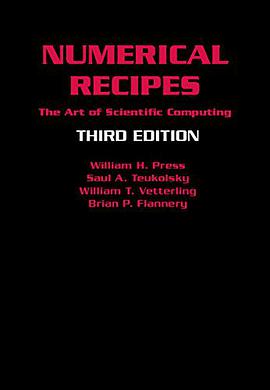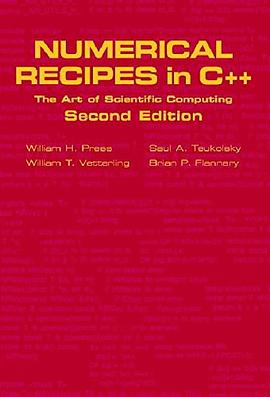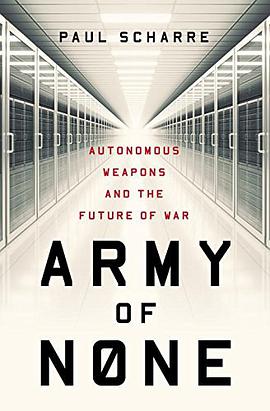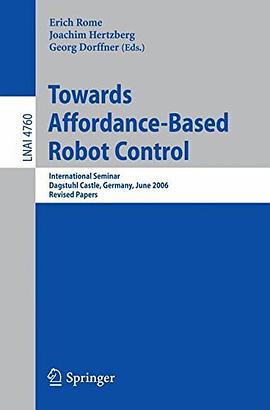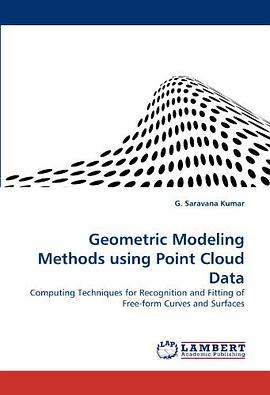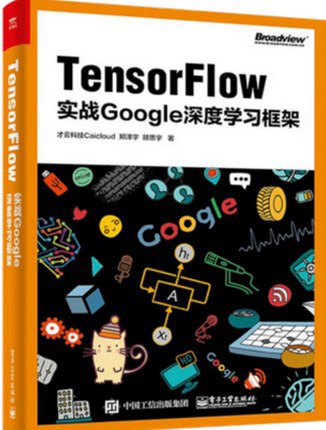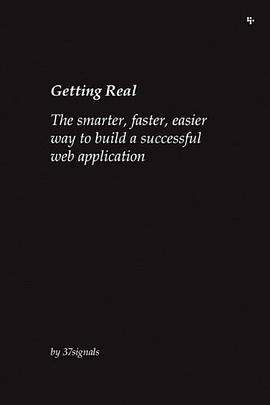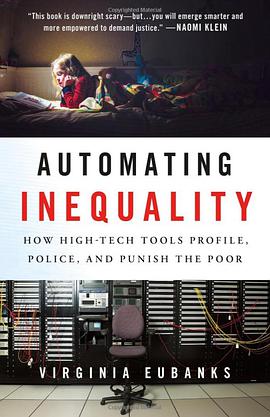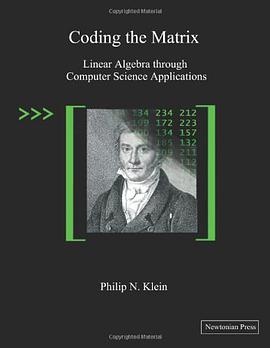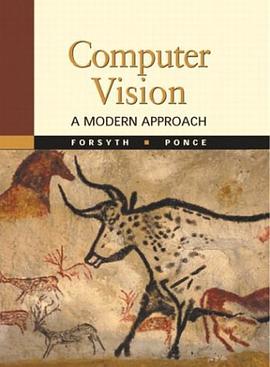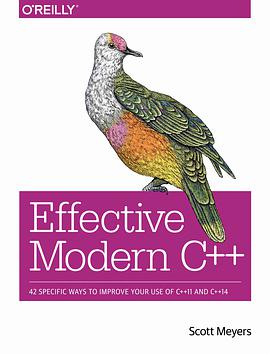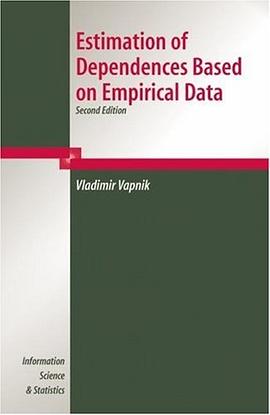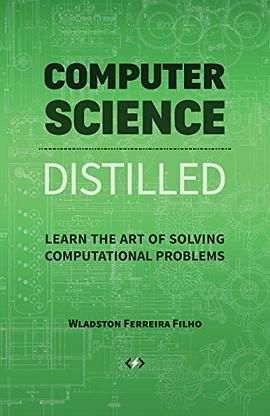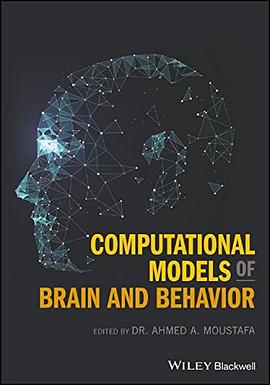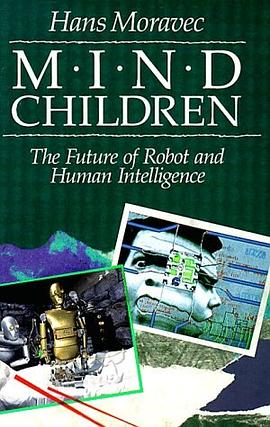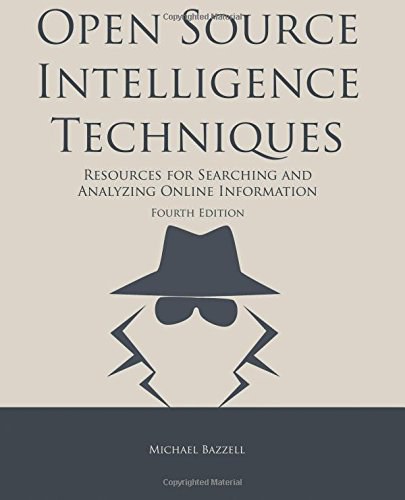Numerical Recipes 3rd Edition 豆瓣
作者:
William H. Press
/
Saul A. Teukolsky
…
Cambridge University Press
2007
- 9
Do you want easy access to the latest methods in scientific computing? This greatly expanded third edition of Numerical Recipes has it, with wider coverage than ever before, many new, expanded and updated sections, and two completely new chapters. The executable C++ code, now printed in colour for easy reading, adopts an object-oriented style particularly suited to scientific applications. Co-authored by four leading scientists from academia and industry, Numerical Recipes starts with basic mathematics and computer science and proceeds to complete, working routines. The whole book is presented in the informal, easy-to-read style that made earlier editions so popular. Highlights of the new material include: a new chapter on classification and inference, Gaussian mixture models, HMMs, hierarchical clustering, and SVMs; a new chapter on computational geometry, covering KD trees, quad- and octrees, Delaunay triangulation, and algorithms for lines, polygons, triangles, and spheres; interior point methods for linear programming; MCMC; an expanded treatment of ODEs with completely new routines; and many new statistical distributions. For support, or to subscribe to an online version, please visit www.nr.com.
• Most comprehensive book available on scientific computing, now updated • New routines for classification and inference HMMs and SVMs, computational geometry, ODEs, interior point methods for linear programming, and MCMC • Over 600,000 Numerical Recipes products in print
Contents
1. Preliminaries; 2. Solution of linear algebraic equations; 3. Interpolation and extrapolation; 4. Integration of functions; 5. Evaluation of functions; 6. Special functions; 7. Random numbers; 8. Sorting and selection; 9. Root finding and nonlinear sets of equations; 10. Minimization or maximization of functions; 11. Eigensystems; 12. Fast Fourier transform; 13. Fourier and spectral applications; 14. Statistical description of data; 15. Modeling of data; 16. Classification and inference; 17. Integration of ordinary differential equations; 18. Two point boundary value problems; 19. Integral equations and inverse theory; 20. Partial differential equations; 21. Computational geometry; 22. Less-numerical algorithms; References.
• Most comprehensive book available on scientific computing, now updated • New routines for classification and inference HMMs and SVMs, computational geometry, ODEs, interior point methods for linear programming, and MCMC • Over 600,000 Numerical Recipes products in print
Contents
1. Preliminaries; 2. Solution of linear algebraic equations; 3. Interpolation and extrapolation; 4. Integration of functions; 5. Evaluation of functions; 6. Special functions; 7. Random numbers; 8. Sorting and selection; 9. Root finding and nonlinear sets of equations; 10. Minimization or maximization of functions; 11. Eigensystems; 12. Fast Fourier transform; 13. Fourier and spectral applications; 14. Statistical description of data; 15. Modeling of data; 16. Classification and inference; 17. Integration of ordinary differential equations; 18. Two point boundary value problems; 19. Integral equations and inverse theory; 20. Partial differential equations; 21. Computational geometry; 22. Less-numerical algorithms; References.
